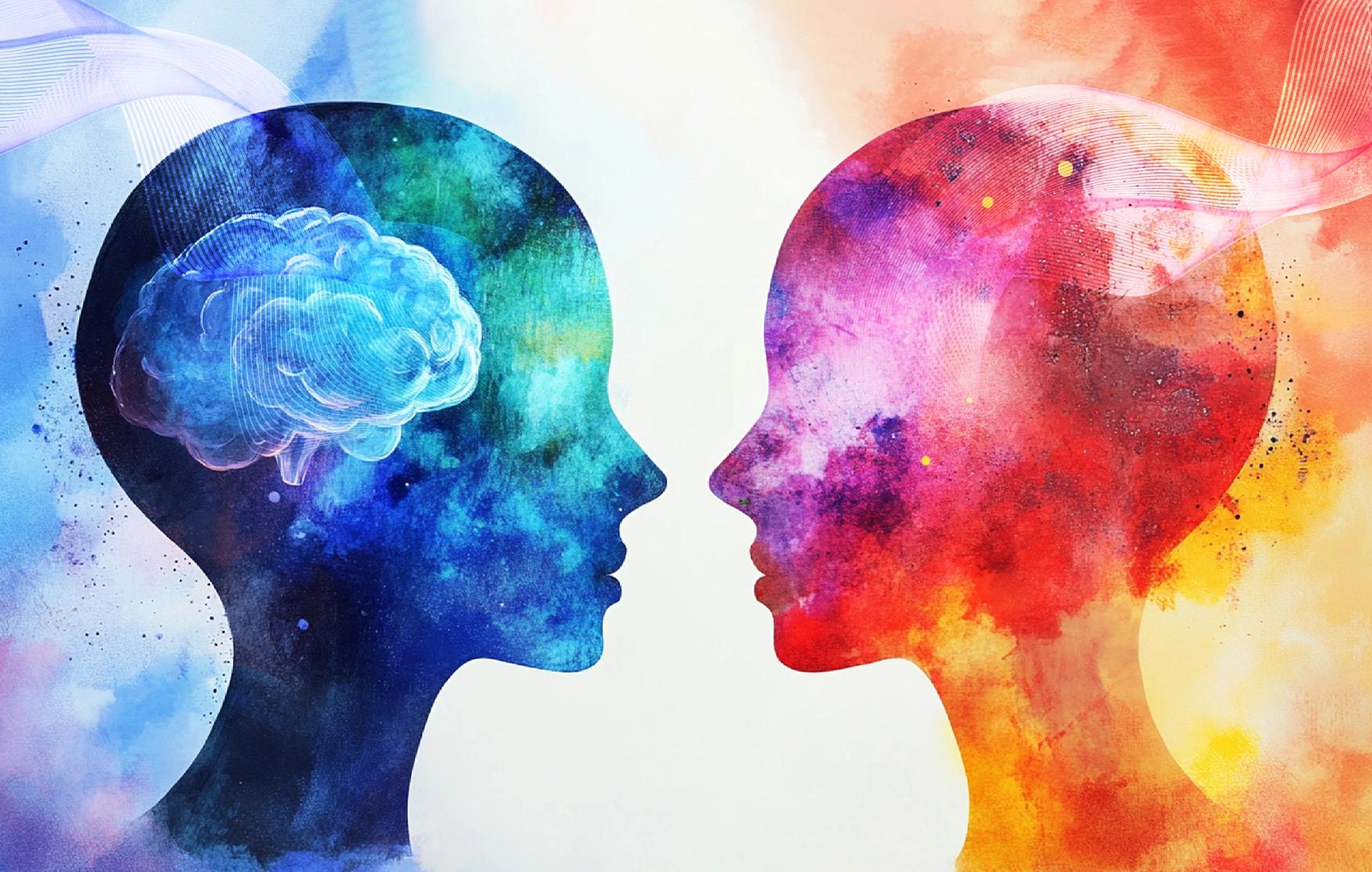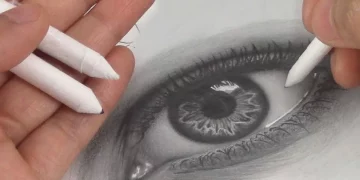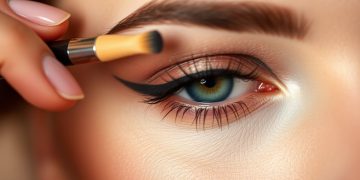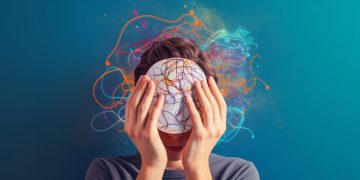Aesthetics, the study of beauty and artistic expression, is not just about art galleries or carefully curated Instagram feeds. It infiltrates nearly every aspect of our daily lives—from the design of the products we use to the way spaces make us feel, the rhythm of music in our ears, and even the visual patterns in nature. But how does aesthetics truly shape the way we perceive reality? In this article, we will explore the intersection between aesthetics and perception, delving into how the beauty, harmony, and design of the world around us influence our mental and emotional experiences, often shaping how we see and understand the world itself.
1. The Power of Visual Perception: Aesthetic Systems in Nature
Our relationship with aesthetics begins with the most fundamental of senses: sight. Vision is, arguably, the most dominant sense in human beings, and the visual world around us is a central player in how we interpret reality. Visual aesthetics—patterns, colors, light, and symmetry—play a significant role in both the immediate and long-term ways in which we interact with our environment.
The Role of Symmetry and Balance
Symmetry is not just a mathematical concept; it is a fundamental aspect of human visual perception. We are biologically wired to find symmetrical faces more attractive and harmonious. This preference for symmetry is believed to be rooted in evolutionary psychology, where symmetry is often a marker of health and genetic fitness. The concept of balance in design—whether in a piece of art or in the natural landscape—also plays a vital role in how we mentally process our surroundings. When the world feels balanced or symmetrical, our brains register this as calm, organized, and pleasing. Conversely, asymmetry can signal chaos or tension, often prompting feelings of discomfort or unease.
Color and Emotion

The influence of color on perception is another example of aesthetics affecting reality. Colors have psychological and emotional impacts, often triggering certain moods or responses. For instance, blue is commonly associated with tranquility and calmness, while red may evoke feelings of excitement, urgency, or even anger. This is why businesses and designers carefully choose color schemes based on the emotional responses they wish to evoke from their customers or audiences. Think about the soothing nature of green spaces in parks or the energetic stimulation often associated with bright yellow and orange environments. Aesthetics directly shape our perception of these spaces, transforming simple, physical spaces into places of emotional resonance.
2. Aesthetics in Design: Human-Centered Experiences
In modern society, aesthetics influence not only how we perceive nature but also how we interact with man-made objects, interfaces, and experiences. The world of design—whether graphic design, architecture, fashion, or industrial design—demonstrates the profound impact that aesthetics have on human perception.
The Evolution of Product Design
Consider the evolution of everyday products—from the basic, utilitarian tools of the past to the sleek, streamlined gadgets we use today. The iPhone, for instance, is not just a device for communication and productivity; it’s an object that exudes elegance and simplicity. This design speaks to our innate desire for harmony and beauty. Its smooth, minimalist design reflects not only technical innovation but also an aesthetic experience. The way products are designed influences not just their function, but also our emotional response to them, creating an intimate connection between users and technology.
User-Centered Design and Interaction
The field of user experience (UX) design is another area where aesthetics profoundly shape perception. A well-designed website or app doesn’t just work smoothly—it provides an experience. Clean, intuitive, and aesthetically appealing design makes digital experiences enjoyable, reducing friction and enhancing user engagement. The visual structure, color palette, and even micro-interactions like button animations and transitions, all contribute to a user’s perception of reality as they interact with technology. A well-crafted design makes an interface feel responsive, intuitive, and, ultimately, more pleasant to navigate.
3. Aesthetic Experience and Emotional Response
Aesthetics don’t just live in the realm of art or objects. They extend deeply into our emotional and psychological lives. The aesthetic experience, that moment of connection we feel when encountering something beautiful, is an essential part of how we understand the world around us. Beauty, as we perceive it, often opens up pathways to deeper emotional responses—whether it’s a sense of awe, nostalgia, or joy.
The Concept of Flow in Art and Aesthetics
In psychology, the concept of flow refers to a mental state of deep engagement and immersion in an activity. This often occurs during aesthetic experiences, such as when listening to music, watching a film, or creating art. Flow is the feeling of being fully absorbed in an experience, where time seems to stand still. The aesthetics of a situation—its beauty, complexity, and harmony—can foster this state of immersion, leading to a perception of reality that is deeply engaged with the present moment. This experience allows us to see the world through a different lens, focused not on what we’re doing but on the emotional and cognitive journey that the activity provides.
Beauty as a Source of Emotional Well-Being
Beauty can also be a source of emotional nourishment. Studies have shown that exposure to beautiful surroundings, art, or music can reduce stress and anxiety. For example, people who spend time in aesthetically pleasing natural environments report lower levels of cortisol, the stress hormone, and greater feelings of well-being. The calming effect of beauty can transform an ordinary space or moment into something extraordinary, offering a respite from the harshness of reality.
4. Aesthetics in Media and Pop Culture: Shaping Collective Perceptions
In contemporary society, media and popular culture play a central role in shaping not just individual, but collective perceptions of reality. Television shows, movies, social media, and advertisements often emphasize aesthetic values, creating visual standards that influence how we view the world, ourselves, and others.

The Idealized Reality of Social Media
Social media platforms like Instagram and TikTok are prime examples of how aesthetics shape our perception of reality. The curated, often highly stylized images we see online can create a distorted sense of what life “should” look like, emphasizing beauty, wealth, and success in ways that don’t always align with reality. This can lead to issues like comparison, dissatisfaction, or the perception that one’s own life is less visually appealing. Social media aesthetics influence not only how we perceive our own lives but also how we see others, cultivating a kind of aspirational lifestyle that may or may not reflect true experiences.
Aestheticization of Reality in Film and Television
Film and television also play a significant role in shaping how we perceive reality. Filmmakers use lighting, color grading, set design, and costumes to create specific atmospheres and emotional tones. These choices influence how we feel during a scene and how we perceive the characters within it. Consider how films like The Great Gatsby or Blade Runner utilize aesthetics to craft alternate realities—ones that might seem idealized or dystopian, but which still resonate with our perceptions of beauty, luxury, or foreboding. These aesthetic choices impact not just the emotional weight of a scene but the deeper themes about society, technology, and human nature.
5. The Philosophical Underpinnings: Beauty and Truth
The relationship between aesthetics and perception also touches on deep philosophical questions. For centuries, philosophers have debated the nature of beauty and its connection to truth. Ancient Greek philosopher Plato believed that beauty was a reflection of deeper truths about the universe. Similarly, Immanuel Kant saw beauty as a way to bridge the subjective and the objective—suggesting that aesthetic experiences allow us to engage with the world in a way that transcends mere sensory pleasure.
The Role of Aesthetics in Philosophical Inquiry
Aesthetics invites us to consider how beauty, as an abstract concept, informs our understanding of reality. Is beauty merely subjective, or does it point to something greater? Can the way we perceive beauty affect how we make moral or ethical judgments? These questions continue to influence art, culture, and philosophy, as we seek to understand not just the world around us but the deeper truths embedded within it.
Conclusion: The Aesthetic Lens of Reality
Aesthetics—whether in nature, design, art, or media—shapes the way we experience and interpret reality. From the calming effect of natural symmetry to the emotional resonance of a well-designed product, aesthetics influence our perceptions at a deep, often subconscious level. By understanding how aesthetics interact with our senses, emotions, and cognition, we can better appreciate the ways in which beauty affects the world we see and feel. In a world that increasingly values visual and sensory experiences, our perception of reality is inextricably linked to the aesthetic choices we encounter every day.












































